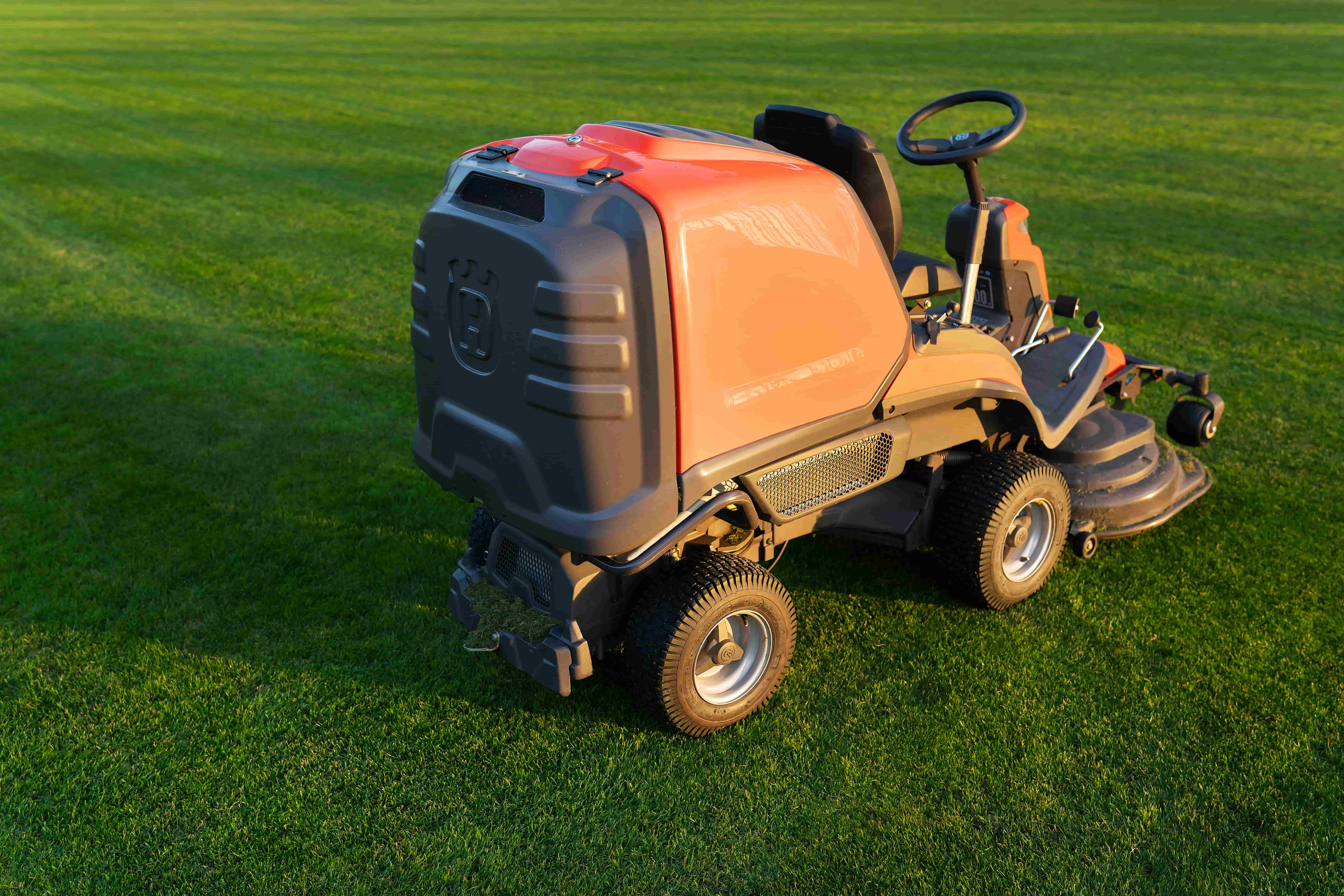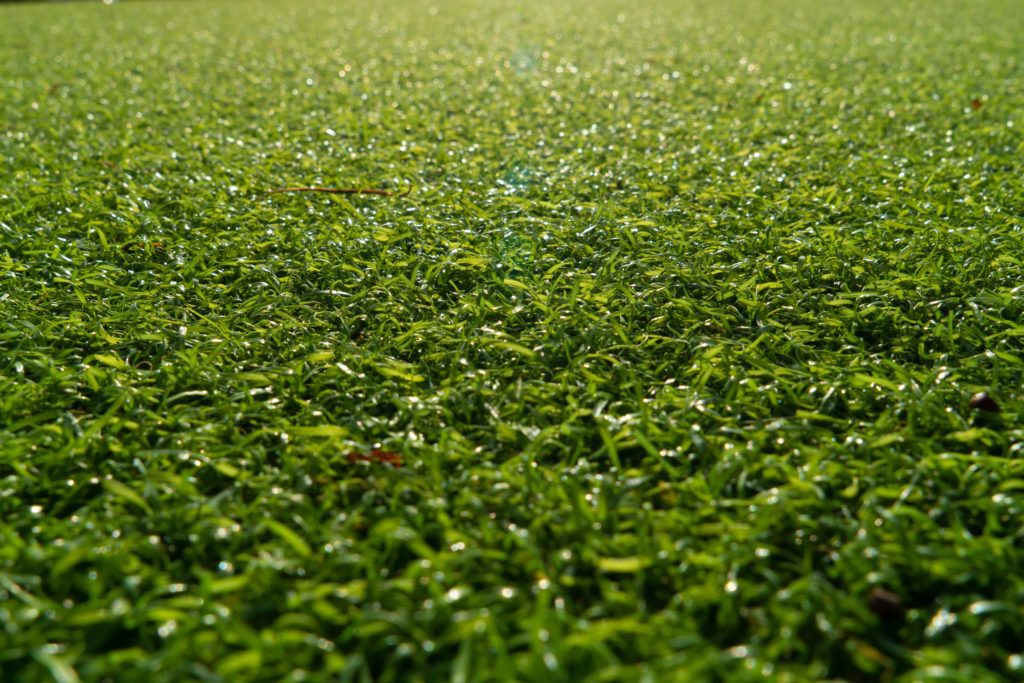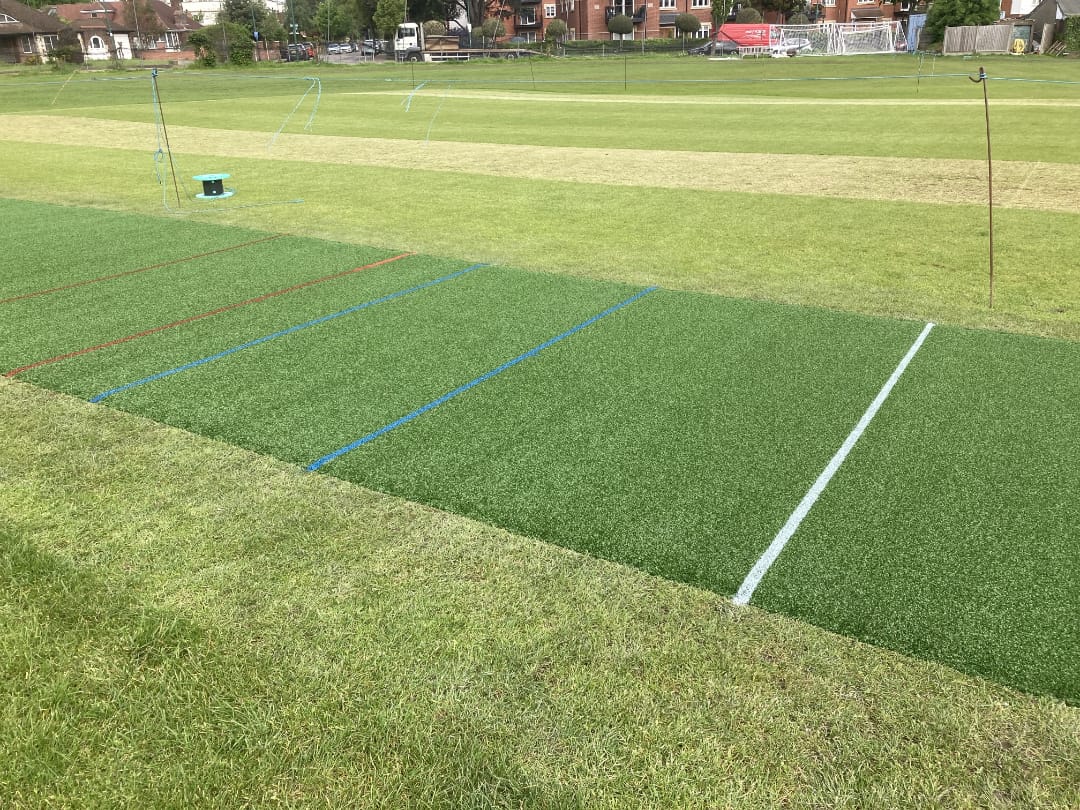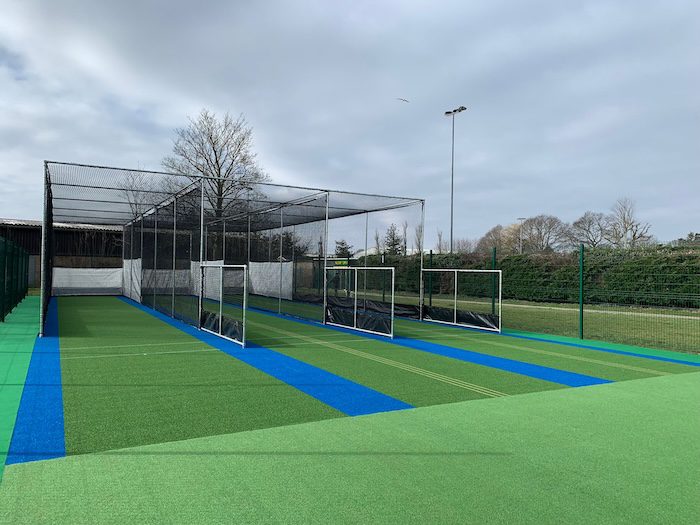
Role of Technology in the Performance and Maintenance of Artificial Pitches
Artificial cricket pitches need meticulous attention and maintenance to keep them in top shape. Cricket pitches with artificial grass require less maintenance than a natural playing surface. However, a well-maintained artificial playing surface is key for optimal playing conditions. Thorough maintenance also extends the performance and longevity of the artificial grass texture.
total-play is a leading sports surface specialist offering artificial cricket pitch installation of various types of cricket pitches, including the flagship tp365 ECB-approved pitch system.
In this blog, we take an in-depth look at how technology has changed the game of cricket and its role in the maintenance of artificial pitches.
Popular New Technology in Cricket
Cricket is passionately played and followed by many across the world. The game has seen several revolutionary changes with the advent of new technology in cricket. Let’s look at the major developments that have been instrumental in defining modern cricket.
1. Hawk-Eye
Remember when cricketing decisions solely depended on the umpires’ skills? Umpires rely on their eyesight and hearing to make decisions, often resulting in inaccurate decisions and arguments from players on the field.
However, this has since changed. Dr Paul Hawkins invented a computerised system to track the ball’s trajectory using high-speed cameras. Named Hawk-Eye, this invention has been transformative in cricket for accurate LBW rulings.
Using Hawk-Eye technology, the third umpire or TV umpire can accurately predict whether the ball would have hit the stumps or not. Thus, the onus of a correct ruling doesn’t fall on the shoulders of the field umpire!
2. Decision Review System (DRS)
DRS, or Decision Review System technology, is an interesting new technology in cricket that has made the life of umpires a whole lot easier. Both the players or the on-field umpires can appeal for a DRS third umpire to review decisions such as run-outs, stumpings, bowled, hit wickets, fair catches, bump balls or boundary checks.
The third umpire then reviews the movement of the ball through different camera angles and other various technologies to review the on-field decision. A player review can’t be made if the teams exhaust the limit of unsuccessful reviews. However, umpires can appeal for as many DRS reviews as they want.
3. Snickometer
The Snickometer is another helpful technology-based system used to determine ‘caught behind’ decisions. A highly sensitive microphone and a sound-wave measuring oscilloscope are installed inside one of the stumps.
The oscilloscope picks up the slightest sound in case the ball nicks the bat. Concurrently, a high-speed camera records the ball’s trajectory, which can be replayed in slow-motion footage. The sound wave’s shape is analysed to determine whether the noise picked up by the microphone corresponds with the moment the ball passes the bat.
Technologies like the ones we’ve mentioned above have helped to end contentious decisions in cricket matches. However, the maintenance of cricket pitches has also improved with the help of technology.
Integrating Technology into Cricket Pitches


1. Automated Cleaning Systems
An artificial cricket pitch requires less maintenance than a natural surface. Nevertheless, it’s important to regularly clean and maintain artificial pitches to keep them in top shape.
Over time, debris, pebbles, dust and dried leaves falling on the pitch affect the artificial grass texture. Specially designed machines like automated brushing machines and pitch cleaning robots perform deep cleaning of the pitch to clean debris buildup.
Regular cleaning increases the surface’s longevity while ensuring that it provides a high-quality playing surface at all times.
2. Repair and Restoration Techniques
It’s necessary to perform an annual maintenance of the surface after the season’s play comes to an end. A meticulous and thorough repair and maintenance job ensures that the artificial surface is ready for the next season.
Areas like the batting crease and bowler’s end crease are high-impact areas which might show signs of extra wear and tear. Ideally, players should avoid wearing spiked footwear on artificial grass to prevent damage to the surface.
3. Anti-UV Treatment
Artificial pitches require extra care during the summer. Prolonged exposure to sunlight can damage the artificial surface with harmful UVA and UVB radiation. The areas of the pitch exposed to direct sunlight may deteriorate and age faster.
The pitch is treated with a specially designed additive to protect the plastic from UV radiation. This ensures that the surface retains its finish and provides a smooth playing surface for years to come.
Get in Touch with total-play for All Your Cricketing Needs!
A high-quality cricket pitch delivers an enjoyable experience for players, enabling them to practise their skills. With the use of the latest technology, the maintenance of pitches – especially artificial pitches – has seen a massive improvement. At total-play, we provide specialised services, including designing, installing, repairing, and renovating artificial sports pitches.
We’re the leading sports design and build company with 17 years of experience. We offer the highest quality netting systems, ECB-approved cricket MUGAs, and much more, ensuring our customers can enjoy the game of cricket in the best cricketing facilities.
Contact us today to discover our fantastic range of cricketing supplies and to discuss your requirements.
Back to news








